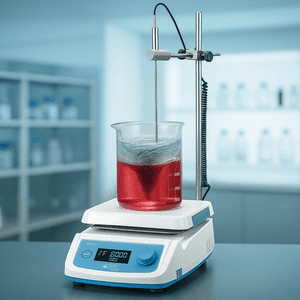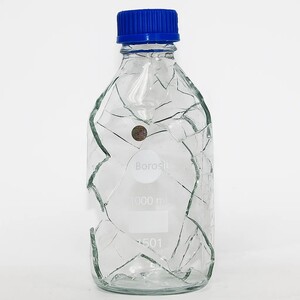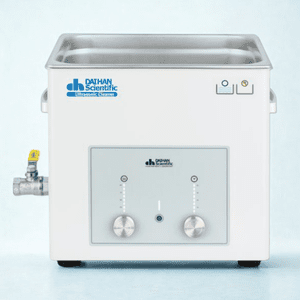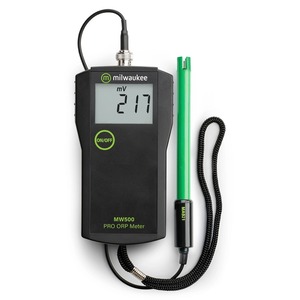
If you’ve ever looked through our heating and stirring equipment, you’ve probably noticed there’s more than one type of stirrer available—some with hotplates, some with shafts, some that sit quietly on your bench. It can seem like overkill for a simple task like stirring, but there’s a lot more going on under the surface than you might expect.
At Interlab, we want to take a closer look at the why behind your everyday equipment. Today, we’re diving into stirring—why it matters, and how magnetic and overhead stirrers do the job in very different ways.
Let’s start with magnetic stirrers – tiny, quiet, and incredibly useful
Magnetic stirrers are probably the most commonly used stirrers in lab environments, and it’s easy to see why. They’re small, easy to use, and allow you to mix samples without even opening your container.
 These stirrers use a small magnetic bar (also known as a flea) placed inside your beaker or flask. Underneath the surface of the plate is a spinning magnet (usually rotated by a motor), which causes the stir bar inside your solution to rotate—mixing your solution from the inside out.
These stirrers use a small magnetic bar (also known as a flea) placed inside your beaker or flask. Underneath the surface of the plate is a spinning magnet (usually rotated by a motor), which causes the stir bar inside your solution to rotate—mixing your solution from the inside out.
These are perfect for:
- Low-viscosity liquids (like water, buffer, ethanol, etc.)
- Small volumes (anywhere up to a few litres)
- Sealed containers (like flasks with stoppers)
- Anyone who just wants a fast, simple way to mix things
But, there’s a limit to how much a magnetic stir bar can do. When your solution is viscous, sludgy, or full of suspended solids, your tiny stir bar might start to rattle, jump around—or just stop spinning altogether.
And that’s where overhead stirrers come in – bigger, stronger, and built for the tough stuff

Unlike magnetic stirrers, overhead stirrers have a motor mounted on a stand, with a physical shaft and blade that goes directly into your container. The motor turns the shaft, and the impeller or blade agitates the solution with real torque—think of it as a lab blender that knows how to behave.
Overhead stirrers are made for:
- High-viscosity solutions (thick gels, creams, or resins)
- Dense suspensions or slurries
- Large-volume mixing (5 L and beyond)
- Situations where consistent, high-shear mixing is needed
They’re bulkier than magnetic stirrers and take a bit more setup, but they’re the tool of choice when precision and power matter.
Choosing the Right Stirrer: 5 Questions to Ask:
- What’s the viscosity of my solution?
Thin like water = magnetic. Thick like honey = overhead - What’s the volume I’m mixing?
Small samples? Magnetic. Anything big? Overhead. - Do I need to heat it too?
Magnetic stirrers with heating plates are a great all-in-one option. - Do I need to keep my system sealed?
Magnetic stirrers can mix without opening the vessel—great for sterility or volatile solvents. - Do I need control over speed and torque?
Overhead stirrers often have digital displays and programmable speed—handy when working with sensitive formulations.
The Right Stir for the Right Job
Stirring isn’t just about mixing liquids—it’s about ensuring consistency, reaction completeness, homogeneity, and sometimes even safety. Without proper mixing, solutes don’t dissolve properly, reagents don’t interact uniformly, and measurements become unreliable.
So next time you’re prepping a buffer, dissolving salts, or suspending a powder—take a moment to appreciate the role of your stirrer. A good stirring setup can save you time, money, and a lot of frustration.
We supply a range of magnetic stirrers, hotplate stirrers, and overhead stirrer sets—with analogue or digital options depending on your preference. If you’re not sure which one to go for, just ask us—we’re always happy to help you match the right equipment to your needs.
To order your stirrer today, we have a great online ordering system which you can find right here.
You can also order via email: sales@interlab.co.nz or just give us a call at +64 4 972 2330.


